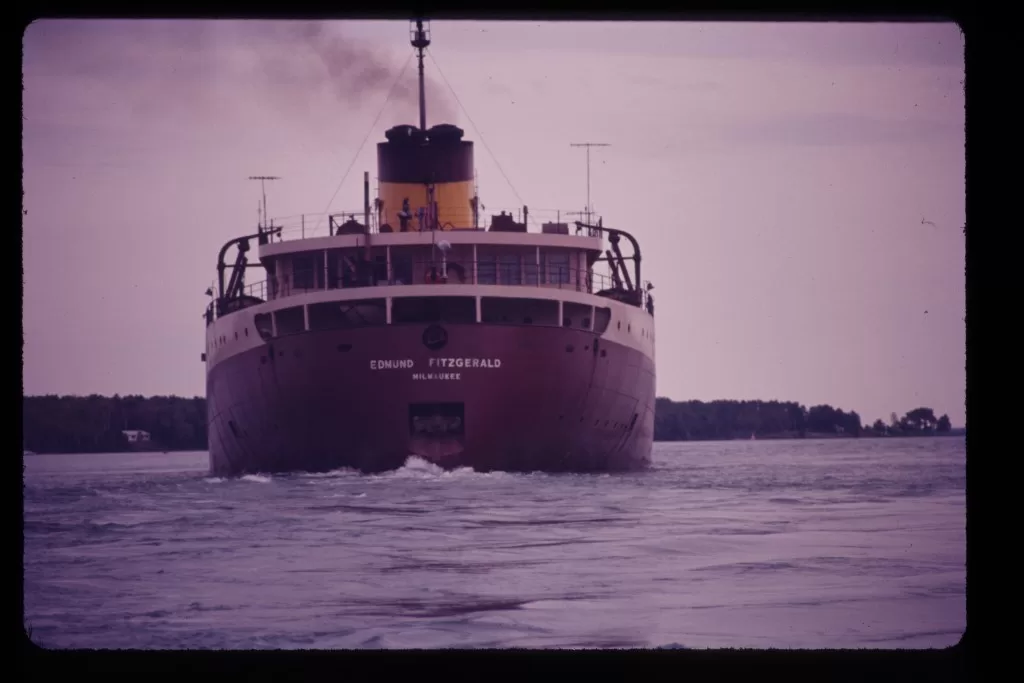S.S. Edmund Fitzgerald Sinks in Lake Superior: 48 Years Later, What Do We Know?

S.S. Edmund Fitzgerald Sinks in Lake Superior: 48 Years Later, What Do We Know?
On November 10, 1975, the S.S. Edmund Fitzgerald, a 729-foot iron ore carrier, sank in Lake Superior during a storm, killing all 29 crew members on board. It was the largest ship to ever sink in the Great Lakes, and the disaster remains one of the most mysterious and tragic in American maritime history.
The Edmund Fitzgerald had departed Superior, Wisconsin, on November 9th, bound for Detroit, Michigan. The ship was loaded with 26,116 tons of taconite iron ore pellets, and its crew was looking forward to a routine voyage. However, a powerful storm developed over Lake Superior on November 10th, with winds gusting up to 70 miles per hour and waves reaching heights of 25 feet.
The Edmund Fitzgerald and another ship, the Arthur M. Anderson, were sailing together through the storm. At approximately 7:30 p.m., the Anderson’s captain reported that the Fitzgerald was experiencing electrical problems and had lost power in its forward hatch covers. The Anderson’s captain offered to assist the Fitzgerald, but the Fitzgerald’s captain declined, saying that he was under control.
The two ships continued to sail together for some time, but by 9:00 p.m., the Fitzgerald had fallen behind. The Anderson’s captain attempted to contact the Fitzgerald by radio, but received no response. At 9:40 p.m., the Anderson’s captain saw a bright light on the horizon, followed by a loud explosion. He then saw the Fitzgerald break in half and sink.
The Coast Guard launched a massive search and rescue operation, but no survivors were found. The Edmund Fitzgerald sank in 530 feet of water, approximately 17 miles northwest of Whitefish Point, Michigan.
The exact cause of the Edmund Fitzgerald’s sinking has never been definitively determined. However, several theories have been proposed, including:
- Structural failure: The Fitzgerald was a large and old ship, and it is possible that its hull was weakened by years of wear and tear. The storm may have caused the hull to fail, leading to the ship sinking.
- Cargo shifting: The Fitzgerald was carrying a heavy cargo of iron ore pellets. It is possible that the cargo shifted during the storm, causing the ship to lose stability and capsize.
- Grounding: The Fitzgerald may have grounded on a shoal in the lake, causing damage to its hull and leading to the ship sinking.
- Human error: It is also possible that human error played a role in the sinking of the Edmund Fitzgerald. The captain may have made a mistake in judgment, or the crew may not have been properly trained to handle the storm.
Whatever the cause, the sinking of the Edmund Fitzgerald was a tragic loss of life and property. It remains a reminder of the dangers of sailing on the Great Lakes, even in relatively calm weather.




